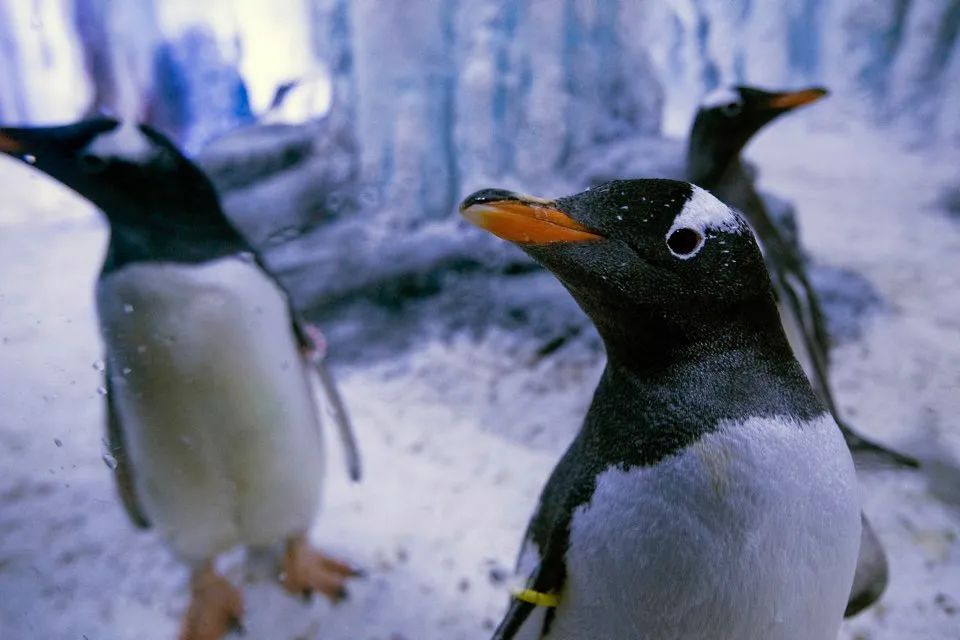Evolution is “a predictable process”, scientists have said, based on analysis of 10,000 different birds.
After studying the link between anatomical features and lifestyle of almost all known bird species, researchers believe that if life were to evolve on Earth again, it would “lead to very similar-looking organisms”.
The team say their findings could help scientists predict how birds respond to changes like global warming and whether the loss of a particular species would affect the overall health of the ecosystem.
Dr Alex Pigot, of the department of genetics, evolution and environment at University College London, and first author on the study, said: “Our results suggest that evolution is a predictable process.
“If we were to re-run the tape of life, then evolution likely would once again lead to very similar-looking organisms to the ones we see today.
“Being able to quantify each animal’s vital role in the functioning of the biosphere is really important in understanding impacts of the current extinction and climate crisis.”
Read more about animal evolution:
- Evolution: A Visual Record
- What would alien life actually look like?
- Birds are getting smaller as the climate gets warmer
- Is evolution predictable?
- Flightless birds’ feathers offer clues to the evolution of flight
An international team of researchers, led by Imperial College London and University College London, visited museums around the world to find specimens of nearly 10,000 birds, covering “more than 99 per cent” of all avian species.
They studied the link between the morphology (shape and size) and lifestyle of each species.

The team found that measurements of wings, beaks and tails can not only predict the lifestyle of the species but also offer insight into “a grander evolutionary dynamic operating across entire classes of organisms at a global scale”.
For example, the researchers say puffins and guillemots have very similar body shape to penguins – with beaks, bodies and wings adapted to swimming and catching fish underwater – despite evolving in opposite hemispheres.
The concept, where organisms that are not related to each other independently evolve similar characteristics as a result of having to adapt to similar environments, is called convergent evolution.
While convergent evolution is not a new idea, the researchers say their new dataset “provides the clearest picture yet of its widespread influence across an entire class of animals at a global scale”.
Reader Q&A: If life on Earth is constantly evolving, why do we still have life forms such as amoebas?
Asked by: Tom Hampton, Townsville, Australia
Evolution is not a ladder, with every organism steadily climbing its way to the top. It’s a cacophony of random mutations where natural selection favours the ones that are slightly better adapted to their local environment.
Amoebas are simpler organisms than humans or pine trees, but they aren’t less evolved: they’re the result of the same four billion years of evolution as every other living thing. Amoebas continue to exist because they’re very well adapted to life in each of the many different ecological niches they’ve colonised, from the bottom of the sea to the inside of your skull.
Read more:
Dr Joseph Tobias, from the department of life sciences at Imperial College London, said: “The link we show between body form and function has some potentially important applications, and paves the way for the use of similar data to investigate the role of biodiversity in ecosystems.
“For example, further studies can use our database to predict the effects of climate and land-use change on ecosystem function, and to set appropriate targets for wildlife conservation.”
The findings are published in the journal Nature Ecology and Evolution.
